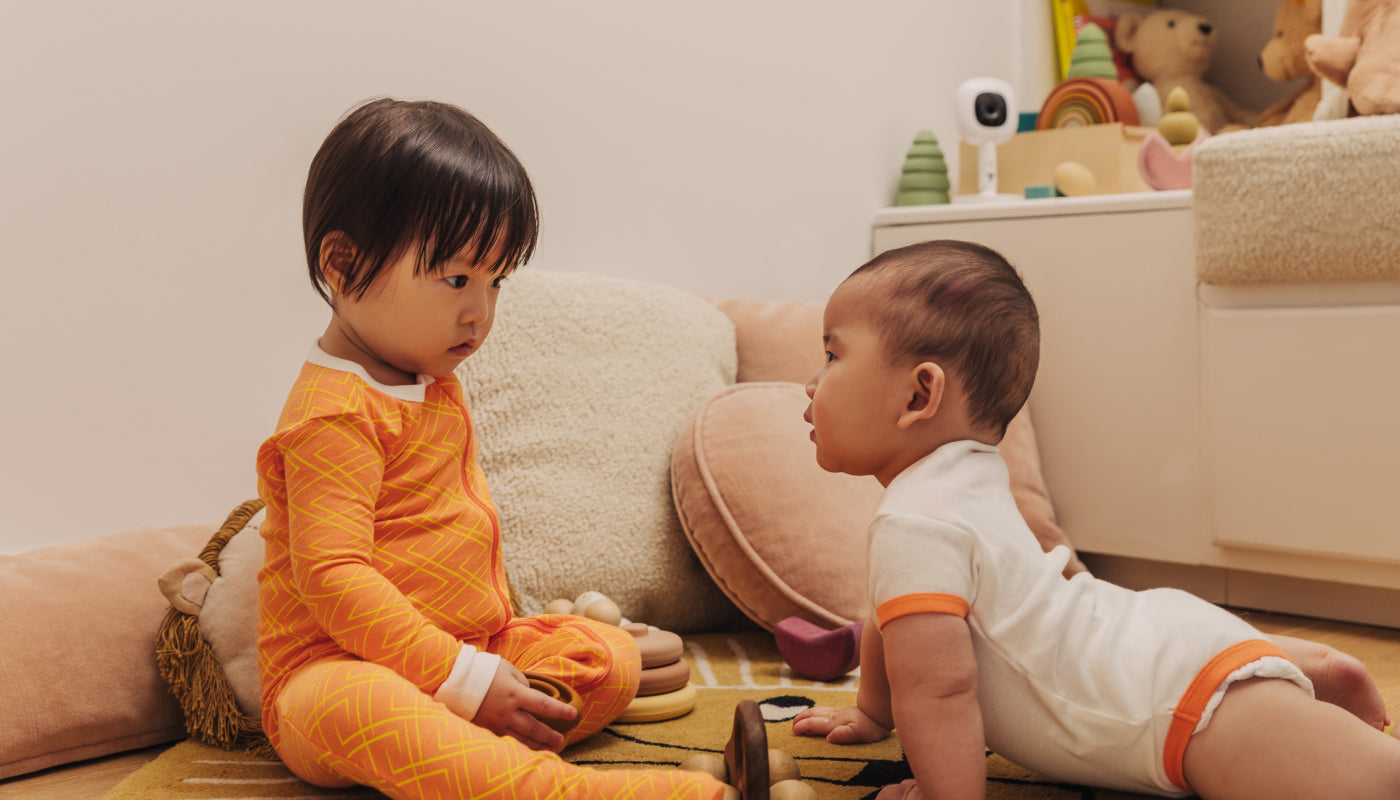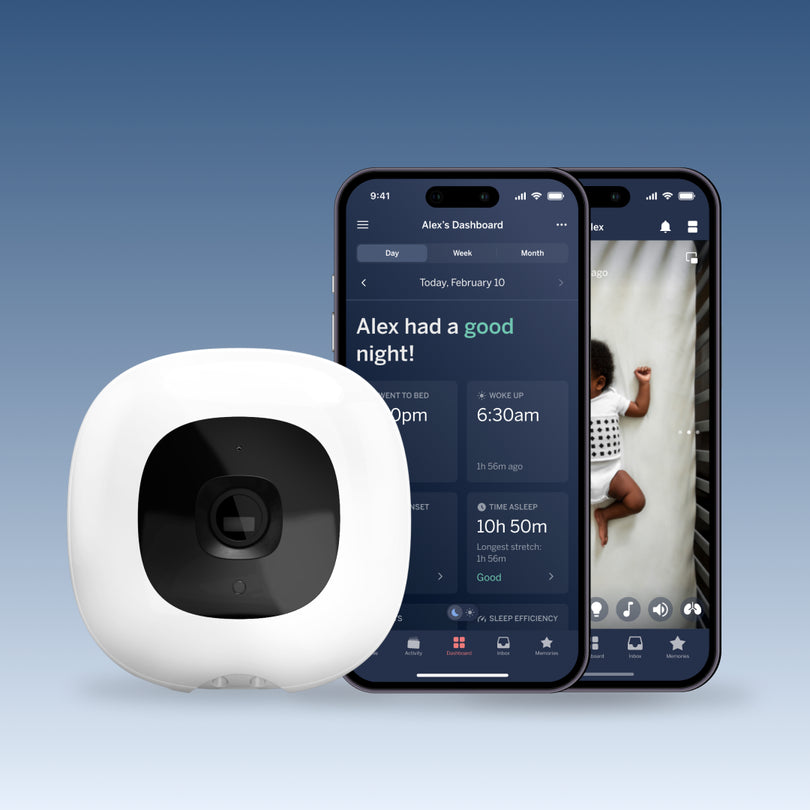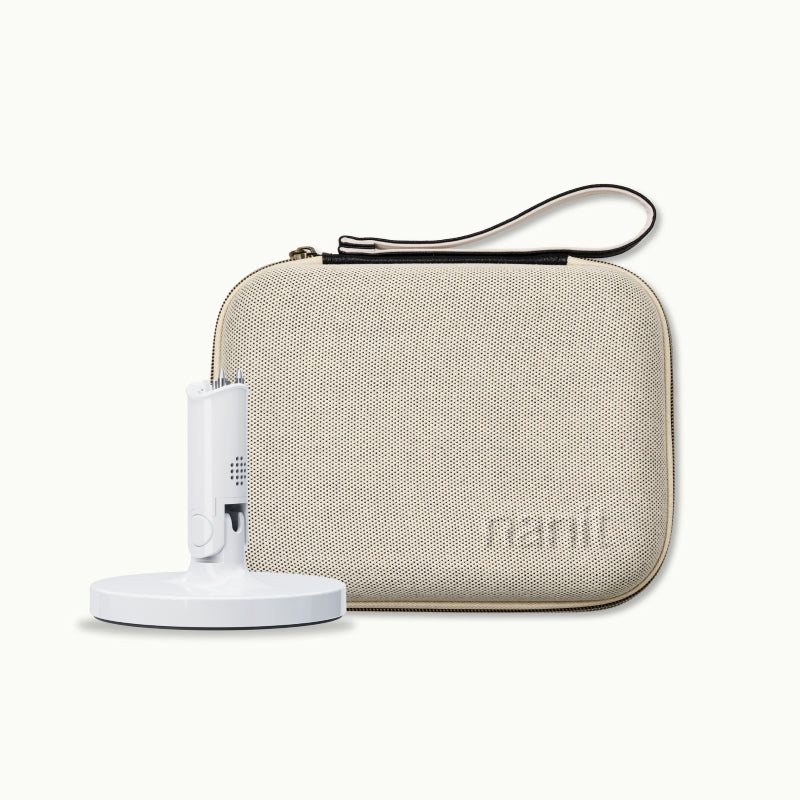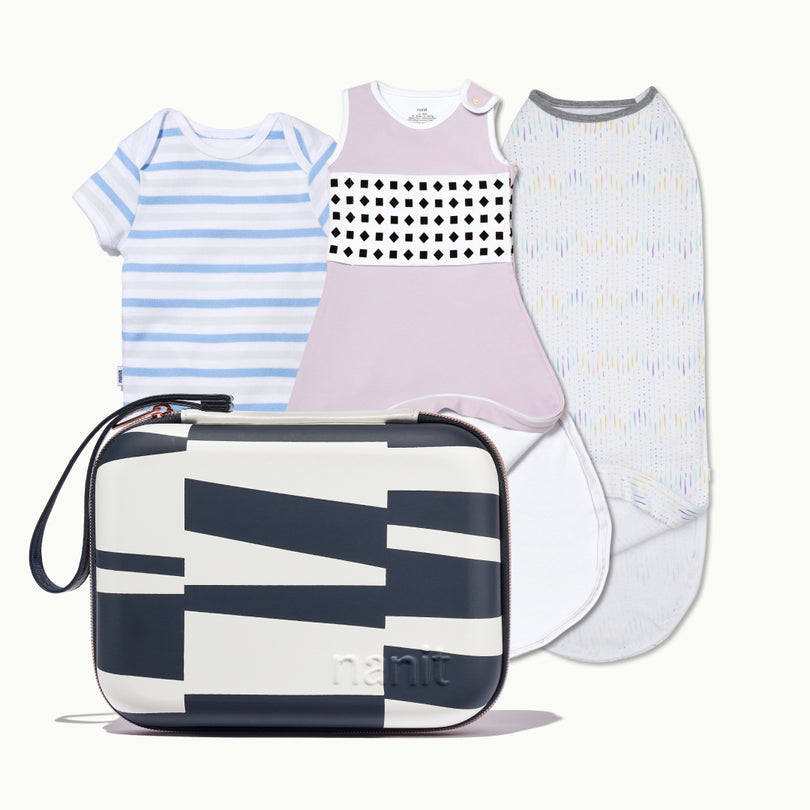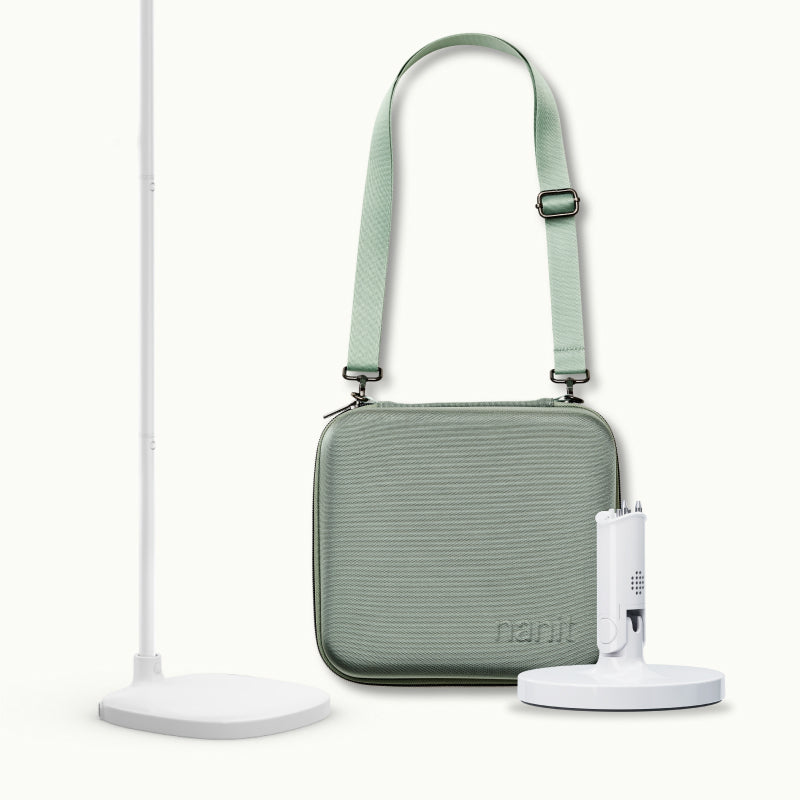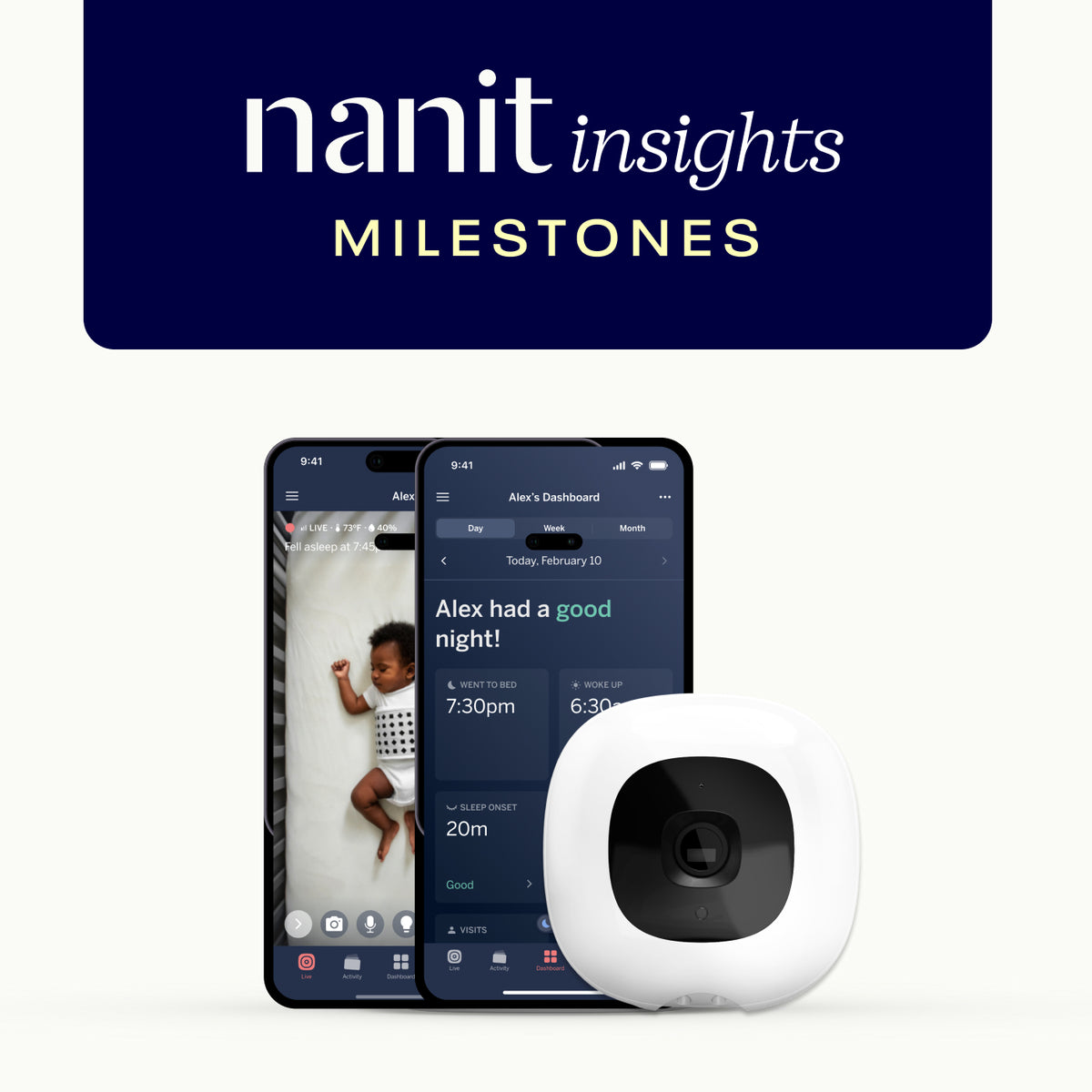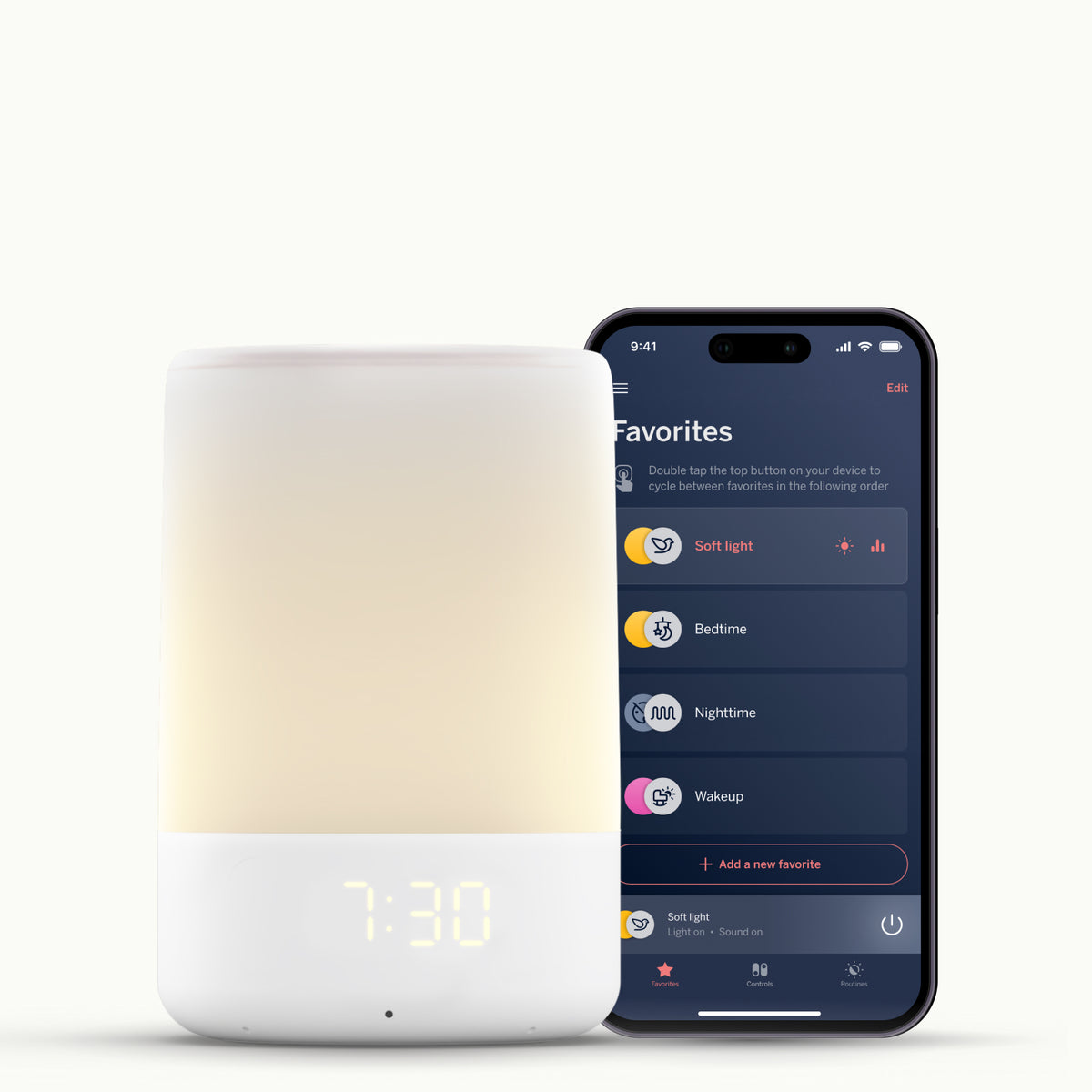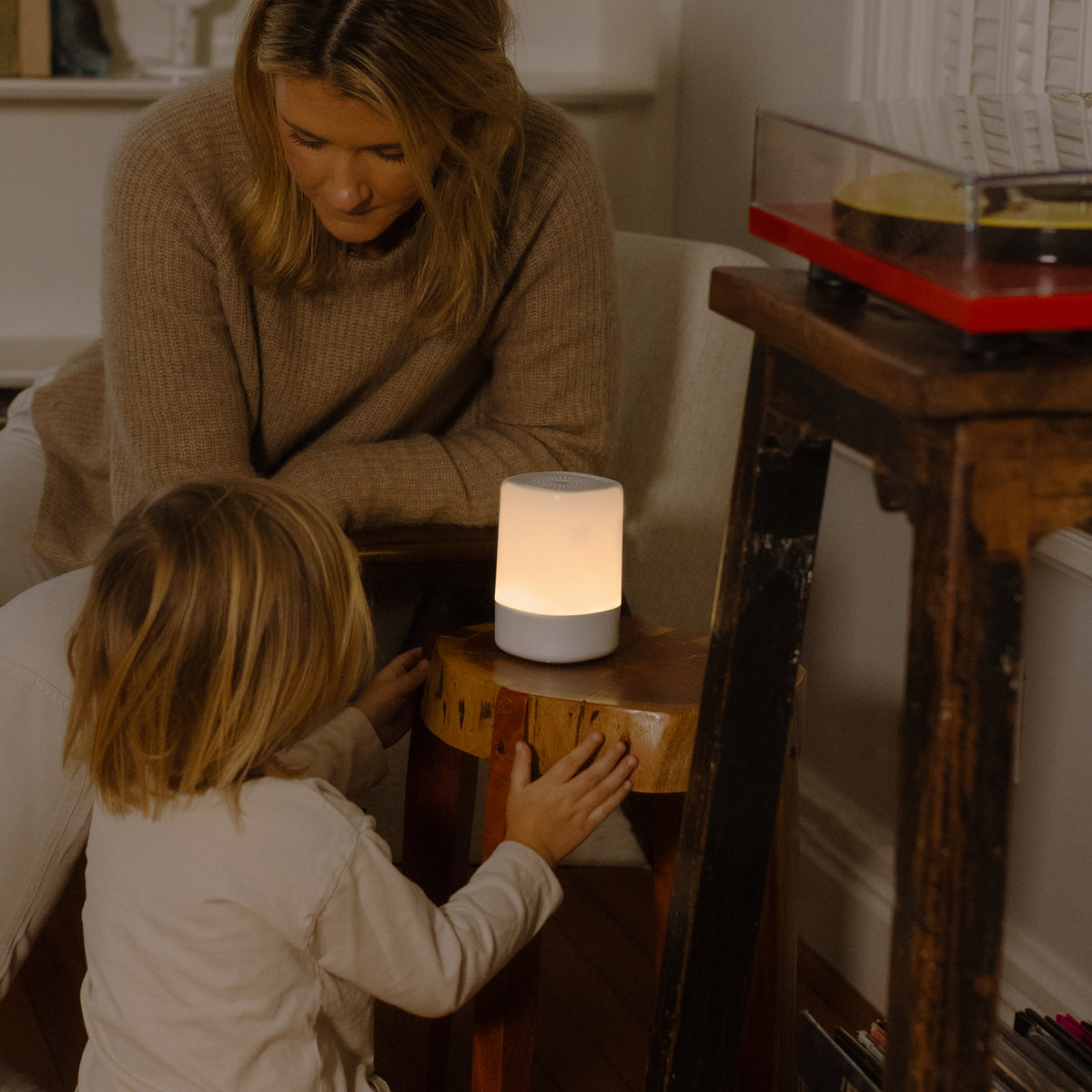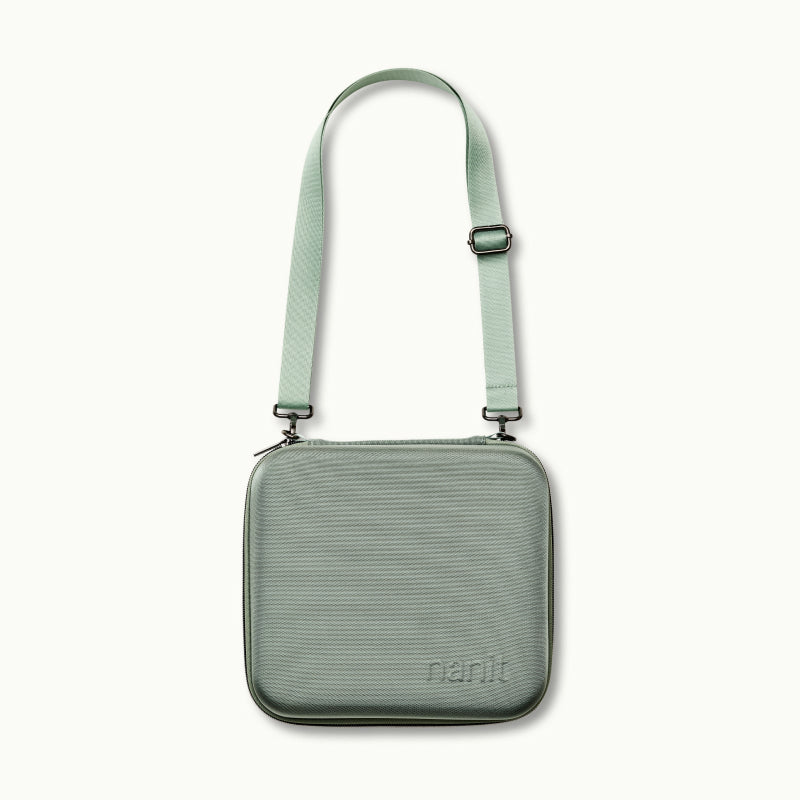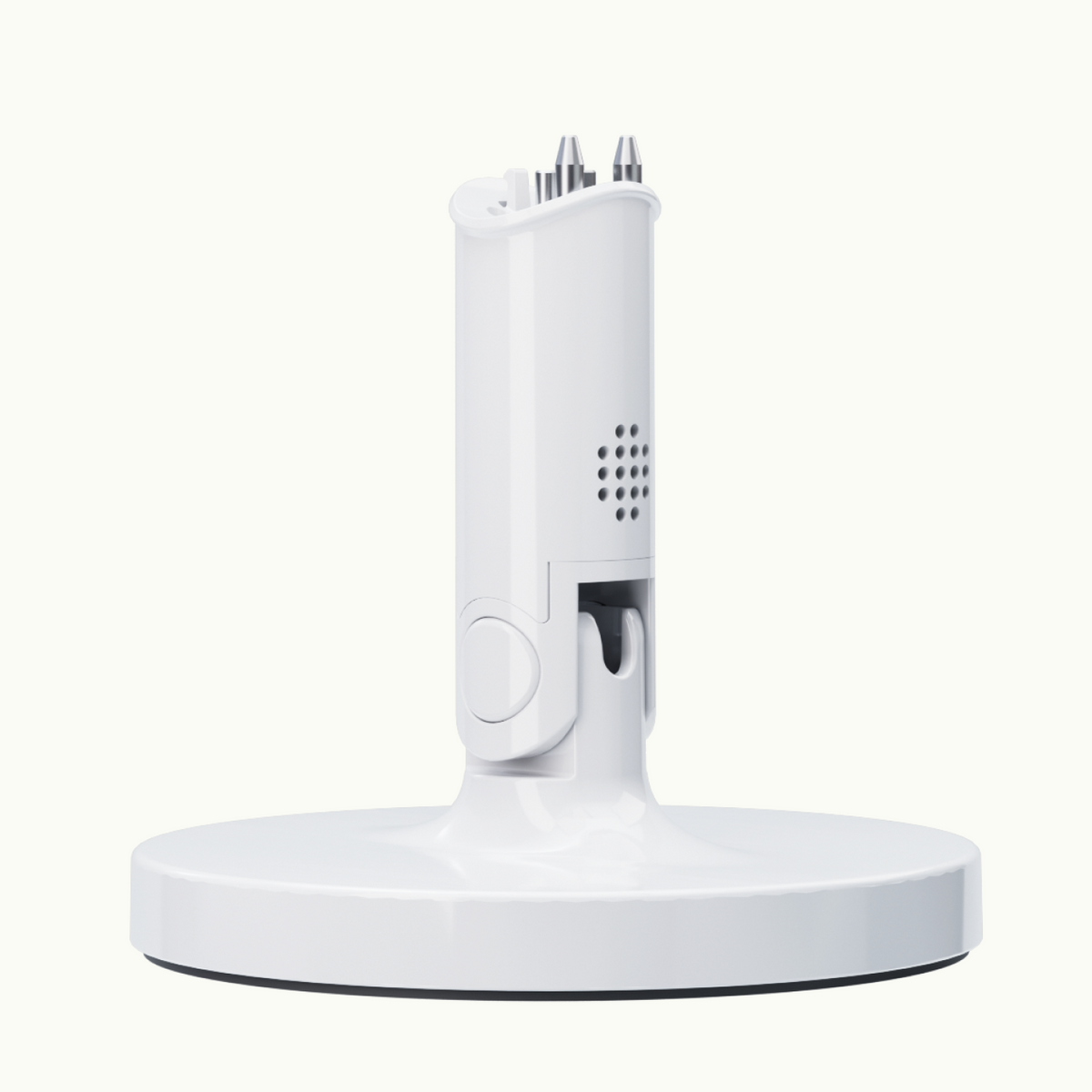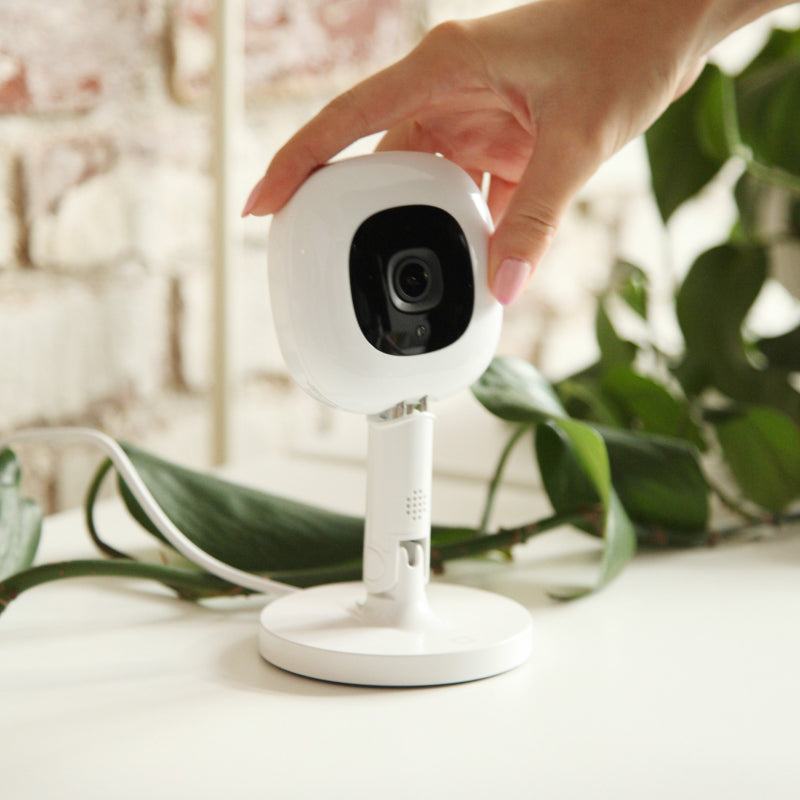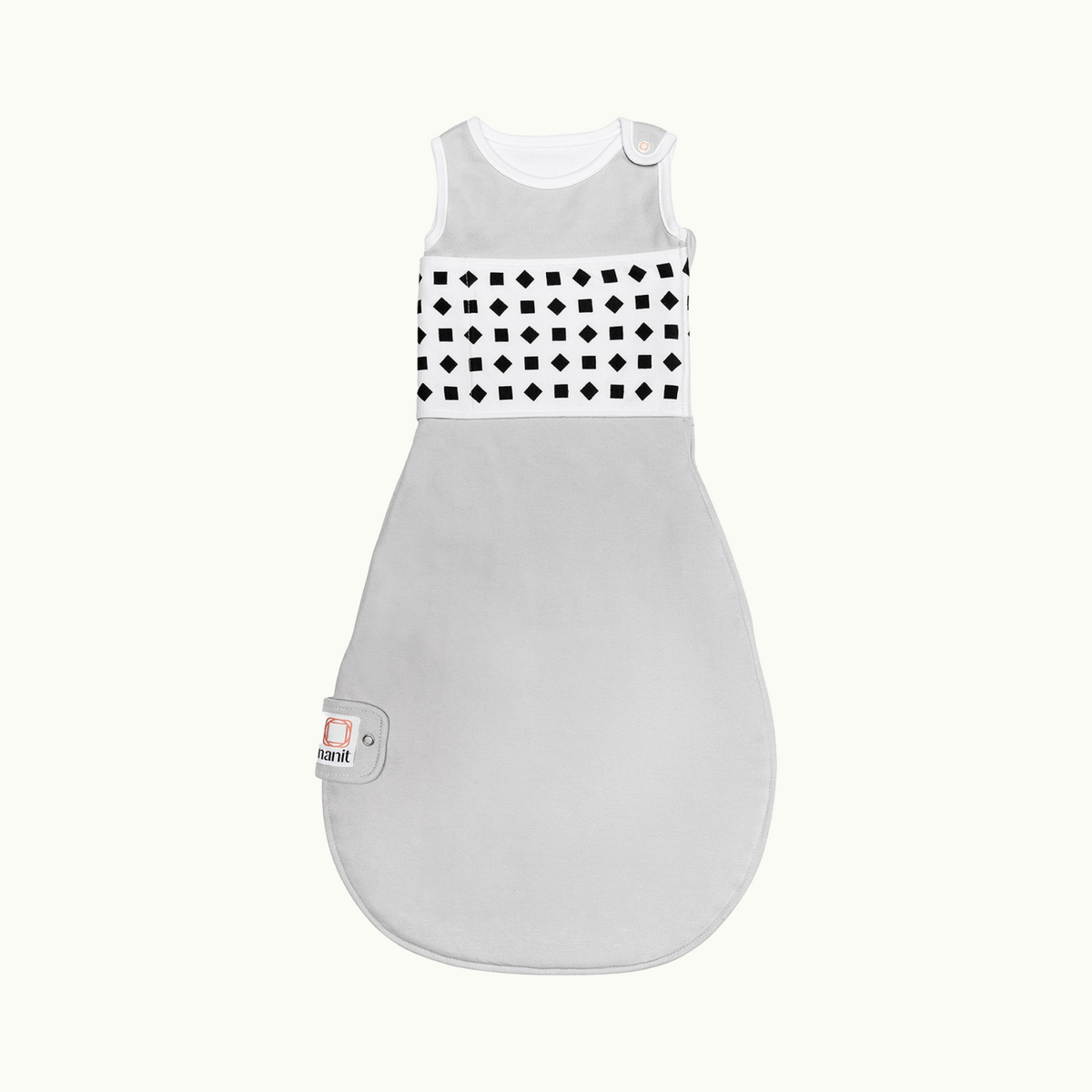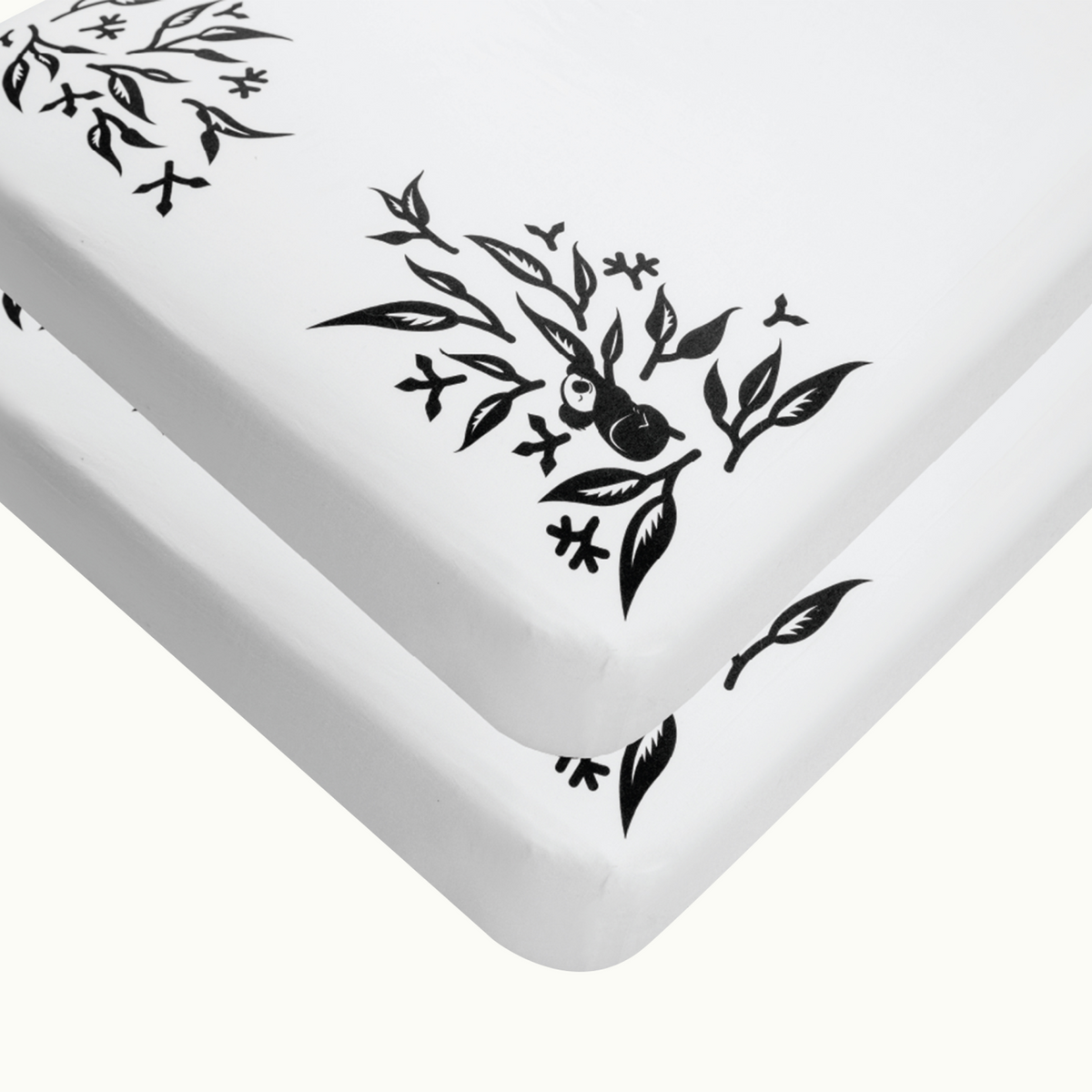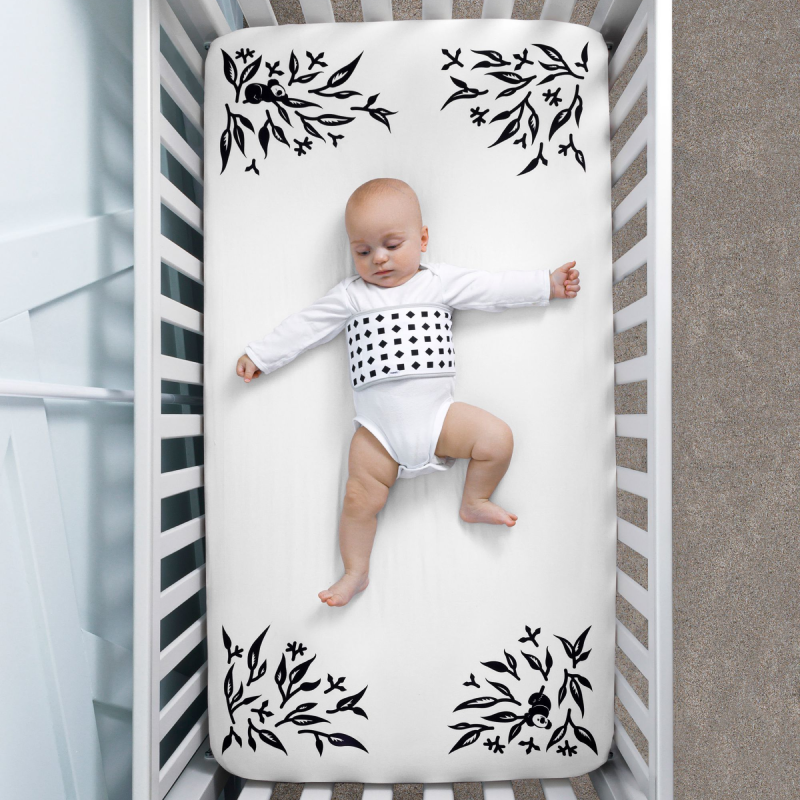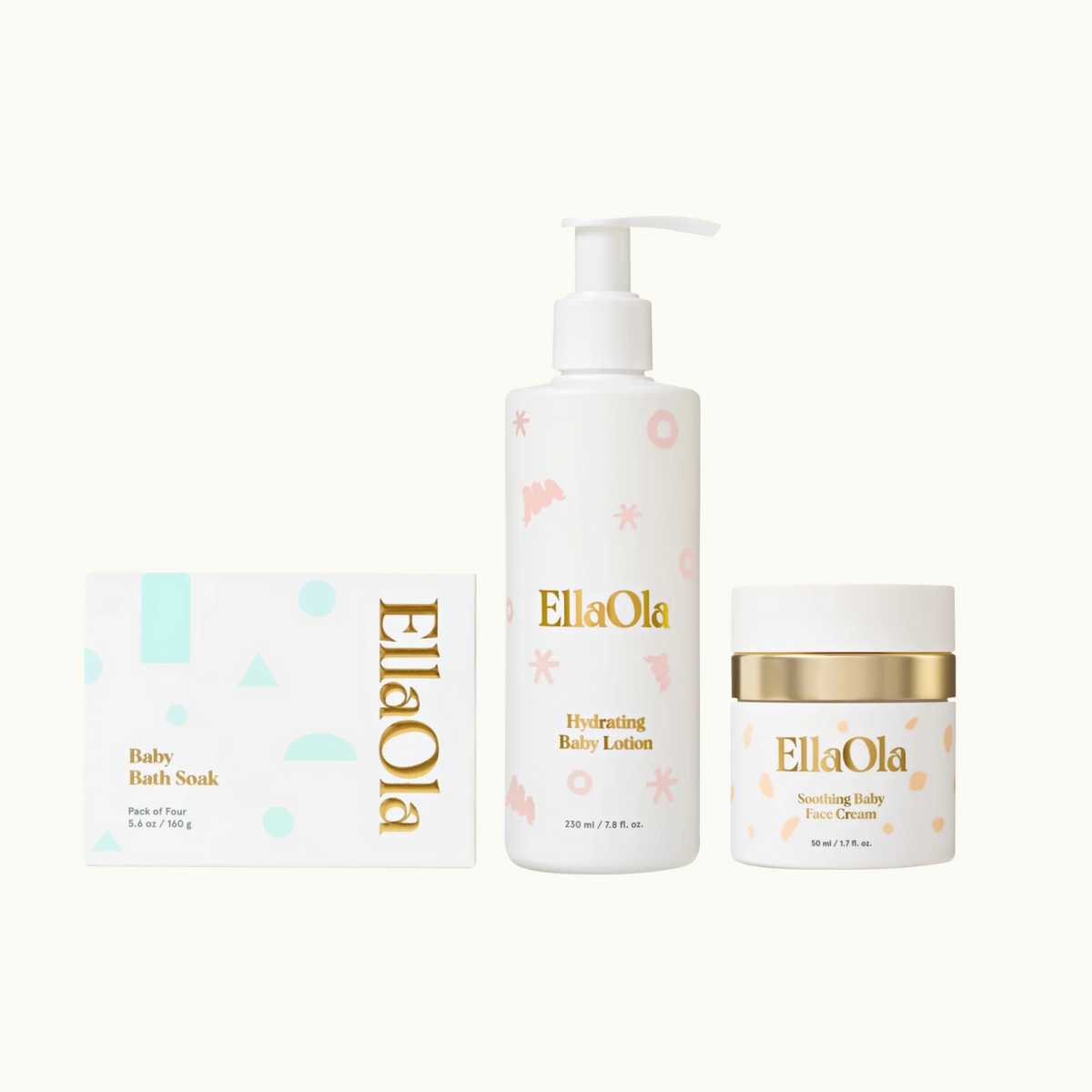From smiling to sitting up to babbling, your baby’s first year of life is filled with milestones that mark their journey to a happy and healthy childhood. Although every child moves at their own pace, there are some benchmarks that you and your pediatrician should look out for. Here are the common key developmental milestones in Year One, when your baby is expected to reach them, and how you can help your baby reach each stage.
Key Takeaways:
- Developmental milestones are behavioral or physical signs of growth that most babies achieve within a particular age range.
- Skills acquired during each stage of your child's development serve as building blocks for their future. The early years are critical since the human brain is most receptive to learning during this period.
- Every child moves at their own pace, so don't worry if they don't hit a milestone right away. Ask your pediatrician if you have specific concerns about your baby’s developmental milestones.
What are developmental milestones?
Developmental milestones are behavioral or physical signs of growth that most babies – defined as 75% or more by the U.S. Centers for Disease Control and Prevention (CDC) – achieve by a particular age. Milestones look different depending on the age of your child. According to the CDC, some of the milestones categories include:
- Cognitive. These milestones relate to problem solving, thinking, or understanding a concept. For example, a two month old’s cognitive milestones involve looking at a toy for several seconds or watching you as you move around.
- Movement and physical development. This focuses on both fine motor skills, like picking up Cheerios, and gross motor skills, like crawling. A six month old’s movement and physical development milestones include supporting themselves while sitting up and pushing themselves up with their arms.
- Social and emotional. As your child grows, they’ll learn how to interact in group settings, like playing with others. A nine month old’s social and emotional milestones include responding to their name or shyness around strangers.
- Language and communication. These milestones are those that reflect your baby’s ability to connect with the world through words and gestures. A one year old’s language and communication milestones include waving bye-bye and understanding “no.”
Explore the CDC’s full list of developmental milestones, from 2 months to 3 years, on its website.
What are the 5 stages of child development?
There are five main categories:
- Newborn: 0 to 3 months
- Infant: 3 to 12 months
- Toddler: Age 1 to 3
- Preschool: Age 3 to 4
- School age: 4 to 5 years
In each stage of development, a child will reach new milestones that will help them grow and develop skills they’ll use throughout the rest of their life.
Why is early childhood development so important?
The human brain is most receptive to learning during a child’s first few years of life. The earliest days set the stage of continued growth and expanding knowledge that sets them up for success throughout childhood and well into adulthood. A child who develops properly grows up to meet the social, emotional, and educational needs that prime them to lead a healthy life.
What are the characteristics of child development stages?
Each developmental stage has four domains, which include:
- The physical domain. In this domain, your child’s body learns to use muscles to increase performance and skill.
- The communication and speech domain. Here, children learn how to communicate with others and how to participate in conversations. In this domain, they also learn how to “categorize” the world around them and classify objects as a result. For example, children learn here why a rectangular object is sometimes a pillow, but not always a pillow.
- The cognitive domain. Thinking, making decisions, recalling facts, and solving problems are some of the core skills that fall under the cognitive domain.
- The social and emotional domain. As children grow, they begin to form relationships with others and follow social etiquette. They’re able to identify certain people and develop feelings for and attachments to them.
Baby developmental milestones in your child’s first year
Knowing what milestones your baby is expected to hit helps you assess how they’re developing, what’s considered normal, and when they might need a bit of help from a parent or a professional. Ask your pediatrician if you have specific concerns about your baby’s developmental milestones.
Here are the most common milestones during your baby’s first year, so you can keep track or progression at home. You can also use Nanit’s technology to automatically capture a video of your baby when they achieve specific developmental milestones in the crib for the first time. Remember that these are averages, so don’t worry if your baby reaches a milestone before or after the month listed here.
Special thanks to our friends at Cerebelly for contributing nutrition tips and key nutrients at each stage to this article!
Newborn
|
Domain |
Milestone |
|
Physical |
|
|
Communication and Speech |
|
|
Cognitive |
|
|
Social and Environmental |
|
3 to 9 months
|
Domain |
Milestone |
|
Physical |
From 3 months:
From 7 to 9 months:
|
|
Communication and Speech |
From 3 months:
From 7 to 9 months:
|
|
Cognitive |
From 3 months:
From 7 months:
|
|
Social and Environmental |
From 3 months:
|
|
Key Nutrients |
A 4 Months:
At 6 Months:
|
9 to 12 months
|
Domain |
Milestone |
|
Physical |
|
|
Communication and Speech |
|
|
Cognitive |
|
|
Social and Environmental |
|
|
Key Nutrients |
|
How to encourage child development at the newborn stage
Be your baby’s best cheerleader as they hit each milestone. With this advice, you can help encourage new milestones and continued development throughout your baby’s first year. You can track these with the Developmental Milestones that is available on the Nanit app with the Nanit Pro Camera with Insights Ultimate Subscription.
- Stimulate your baby’s mind. Engage with your baby— they’re paying attention! Through playing, reading, singing, and talking, you stimulate your baby’s mind, creating and using synapses, or circuits, in their brains.
- Strengthen their muscles. Activities like tummy time on Milestone Blanket, sitting up (while supporting them), or even giving a quick massage can strengthen your baby’s muscles. You
- Respond when they cry. Soothing your crying baby helps strengthen your bond with them, teaching them crucial social skills and how to build relationships from their earliest days.
- Bond with your baby. Skin-to-skin contact, talking, and playing with your baby are all great ways to grow your bond and model healthy relationships from a young age.
- Respond when they try to communicate. You may not understand what they’re saying, but a babbling baby wants you to hear it! Respond to their conversations with some words of your own, setting the foundation for many future conversations.
- Set routines. Ceate routines with your baby so they can learn to form healthy habits. Routines are also a welcome respite from a mind that’s learning many new things each day.
How to encourage child development at the infant stage
Help your little one thrive as they learn even more about the world around them.
- Give them opportunities for physical development. Let your little one (safely) explore so they can work their muscles. Try putting your baby’s toys slightly further away from them, so they reach for them and then retract their arm.
- Develop their listening skills. Playing different music genres and a variety of musical toys exposes your baby to new sounds, teaching them how to enhance their listening skills. Your baby may develop a preference early, too, so pay attention if your baby smiles or wiggles in their seat while they're listening.
- Show them what you want them to learn. If you want your little one to learn how to wave, try waving at them first and helping them practice.
- Give them playing opportunities. Babies and children learn and develop best when they’re given free roam to be creative and let off steam. A dedicated play space and a variety of toys can help them along.
- Reward and reassure. Give your baby praise when they smile at you, grab a toy, or try to stand up! It takes a lot of effort for babies to do these seemingly small actions, so positive reinforcement can go a long way in encouraging them to keep trying.
- Nourish baby’s brain with developmentally appropriate nutrition. It provides the building blocks and the fuel that help them develop remarkably capable brain power and grow strong muscles and bones. Look for balanced protein, fat, and fiber, no added sugar, and iron and other brain-building vitamins and minerals.
The bottom line
Each baby moves at their own pace— some babies walk as early as 9 months, while others are still just learning how to crawl at that age. There’s a wide range of what’s normal, and this guide gives you a general idea of what to expect. Missed timelines may be a sign that your child can use a helping hand. With support and encouragement, your child can thrive!
About Cerebelly: Cerebelly is the first and only science-backed baby food brand that delivers whole food nutrition designed for optimal cognitive development. Cerebelly is setting a standard above the industry benchmark, crafting its products from whole foods, focusing on organic, veggie-first, no added sugar ingredients, and proudly honoring its Clean Label Project®️ Purity Award, which tests for heavy metals, toxins and contaminants.

